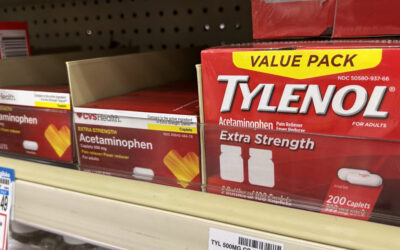The emergence of synthetic pigments in the 19th century had an immense impact on the art world, particularly the availability of emerald-green pigments, prized for their intense brilliance by such masters as Paul Cézanne, Edvard Munch, Vincent van Gogh, and Claude Monet. The downside was that these pigments often degraded over time, resulting in cracks and uneven surfaces and the formation of dark copper oxides—even the release of arsenic compounds. Naturally, it’s a major concern for conservationists of such masterpieces. So it should be welcome news that European researchers have used synchrotron radiation and various other analytical tools to determine whether light and/or humidity are the culprits behind that degradation and how, specifically, it occurs, according to a paper published in the journal Science Advances. Science has become a valuable tool for art conservationists, especially various X-ray imaging methods. For instance, in 2019, we reported on how many of the oil paintings at the Georgia O’Keeffe Museum in Santa Fe, New Mexico, had been developing tiny, pin-sized blisters, almost like acne, for decades. Chemists concluded that the blisters are actually metal carboxylate soaps, the result of a chemical reaction between metal ions in the lead and zinc pigments and fatty acids in the binding medium used in the paint. The soaps start to clump together to form the blisters and migrate through the paint film. Conservators have found similar deterioration in oil-based masterpieces across all time periods, including in works by Rembrandt. The Metropolitan Museum of Art in New York City has an ongoing project to determine the causes and mechanisms of metal soap formations on traditional oil paintings. And in 2023, researchers with the Rijksmuseum’s Operation Night Watch found rare traces of a compound called lead formate in that Rembrandt painting. In March 2022, scientists studied the deterioration of Jean-Baptiste-Camille Corot’s Gypsy Woman with Mandolin (circa 1870). They used three complementary techniques to analyze paint samples under infrared light to determine the composition of the damaging metal carboxylate soaps that had formed on the top layer of paint.
Continue reading the complete article on the original source



